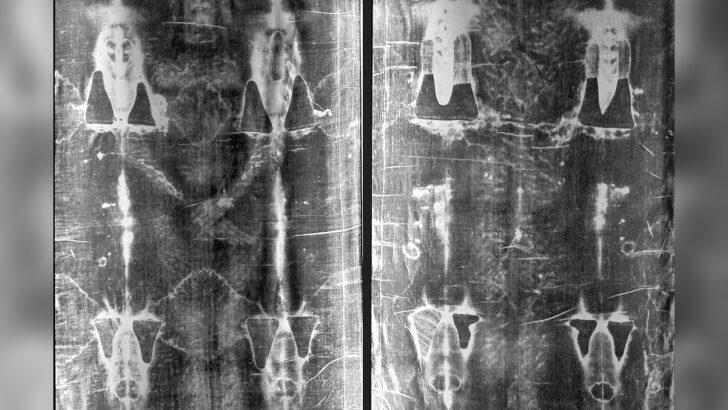Using a new X-ray technique, Italian researchers proved the Shroud of Turin dates from the time of Christ. Initially, it was believed the burial garment, which has the imprint of a man killed by crucifixion, was only 700 years old, but this new study showed it is actually dated from 2,000 years ago.
With a method called wide-angle X-ray scattering (WAXS), scientists at the Institute of Crystallography of the National Research Council (Consiglio Nazionale delle Ricerche, CNR) were able to age a sample of flax cellulose, which are long chains of sugar molecules that slowly deteriorates over time based on the conditions it was kept.
The study published in the journal Heritage said “the data profiles were fully compatible with analogous measurements obtained on a linen sample whose dating, according to historical records, is 55-74 AD, found at Masada, Israel.”
This is the fourth study in just over a decade to conclude the Shroud of Turin dates from the time of Jesus, and the second published this year. In the previous study, it was proven the flax used to make the linen was grown in the Middle East.
A study made in 1988 concluded the garment was dated from medieval times. Dr Liberato De Caro, one of the scientists involved in this last study dismissed those results, saying they were inaccurate as “fabric samples are usually subject to all kinds of contamination, which cannot be completely removed from the dated specimen”.
“If the cleaning procedure of the sample is not thoroughly performed, carbon-14 dating is not reliable. This may have been the case in 1988, as confirmed by experimental evidence showing that when moving from the periphery towards the centre of the sheet, along the longest side, there is a significant increase in carbon-14”, Dr De Caro added.


 Renata Steffens
Renata Steffens Shroud of Turin: A linen cloth with a negative depiction of a man in full-length, front and back views.
Shroud of Turin: A linen cloth with a negative depiction of a man in full-length, front and back views. 